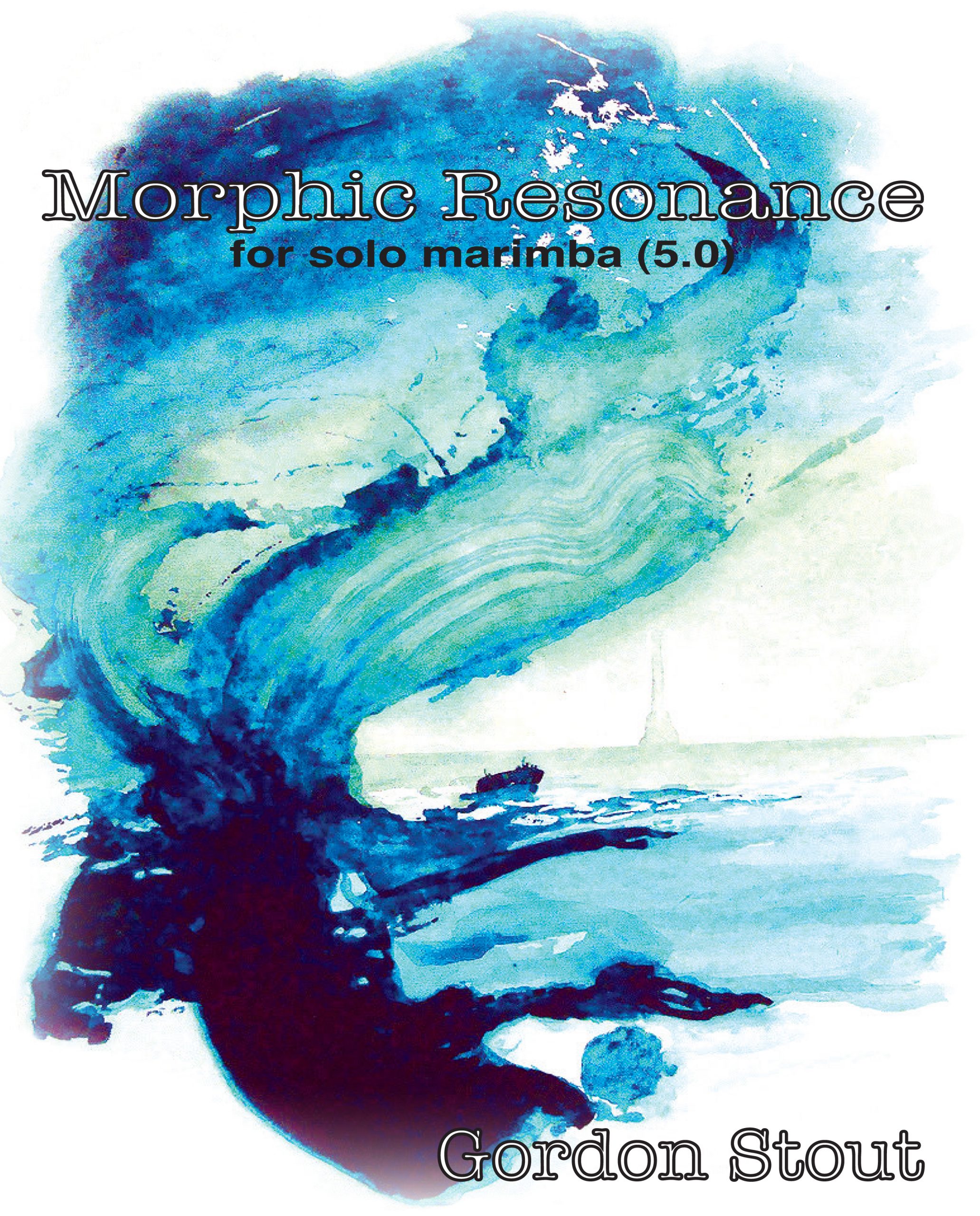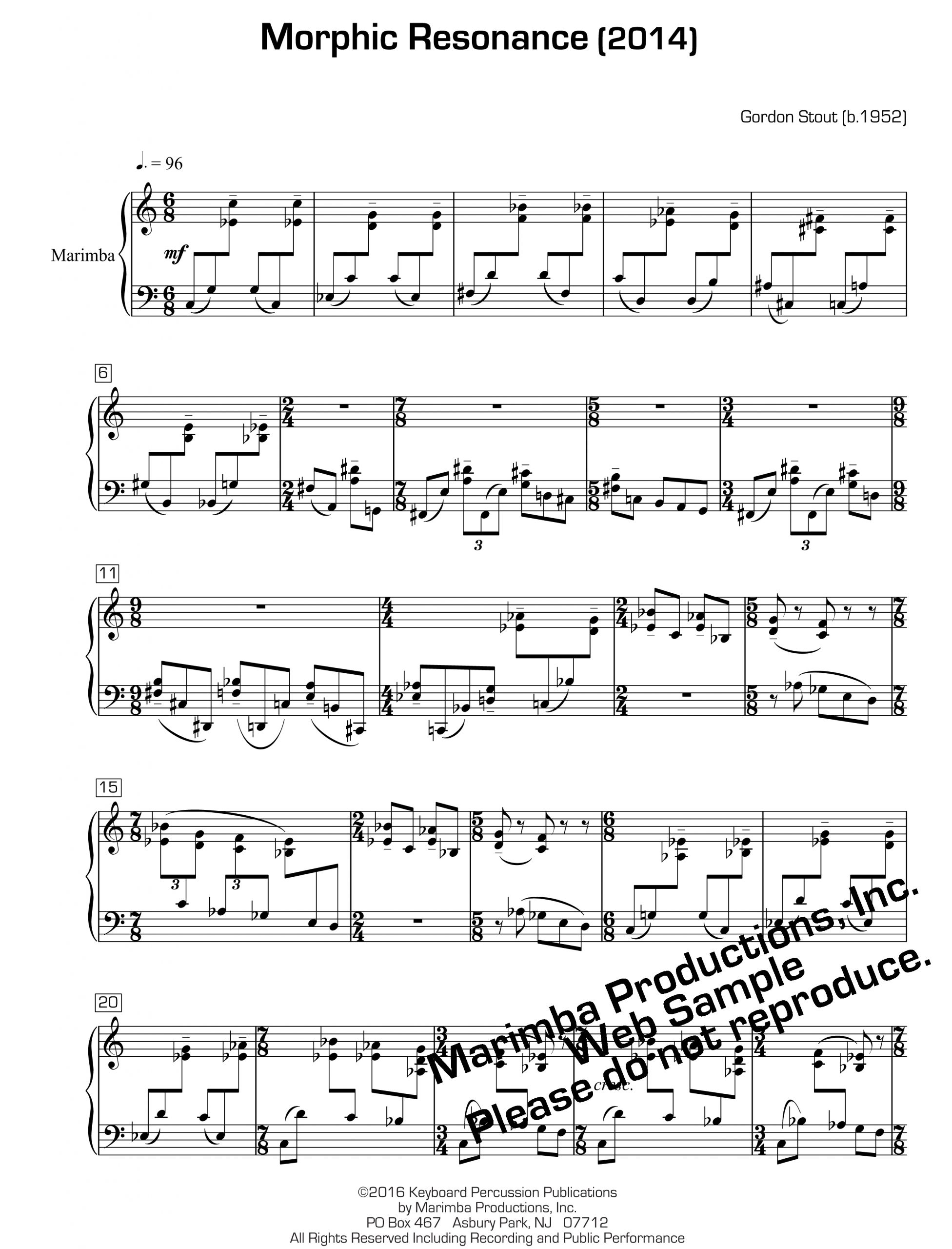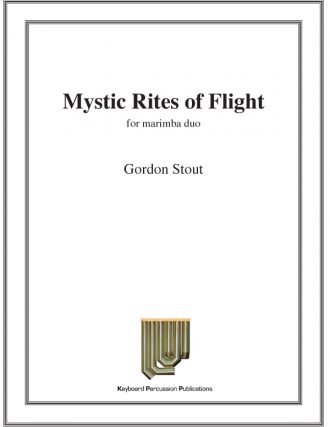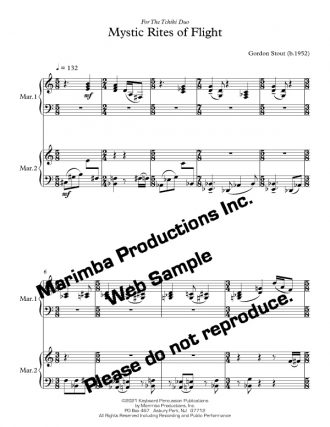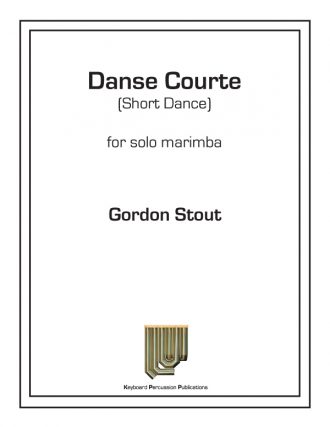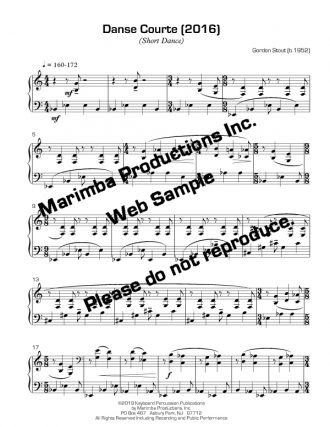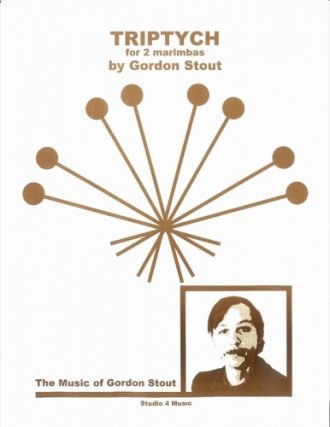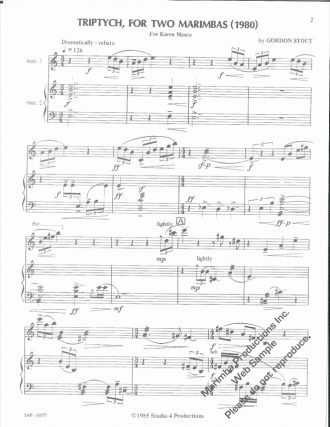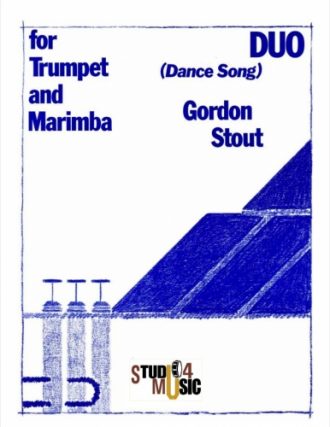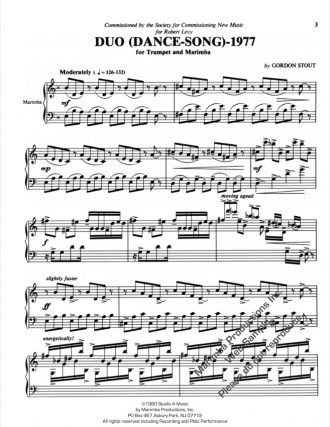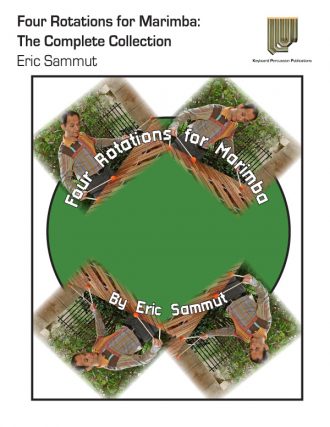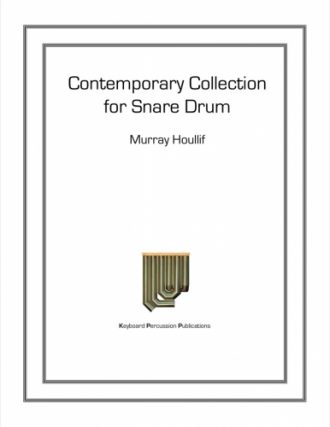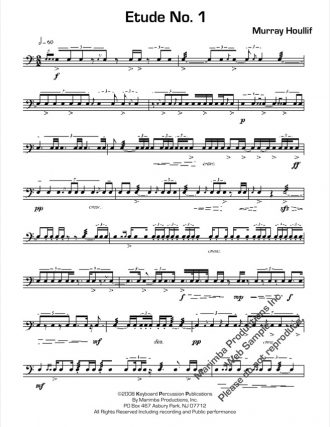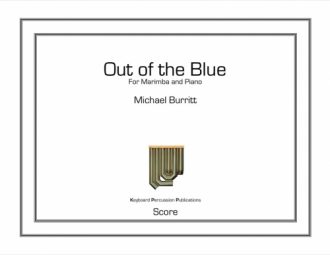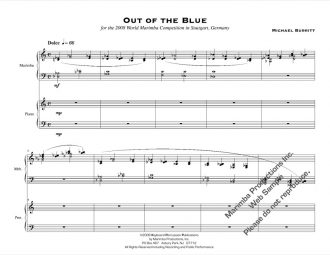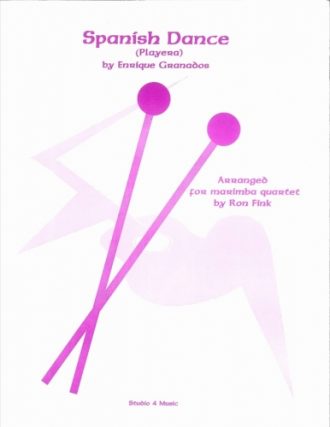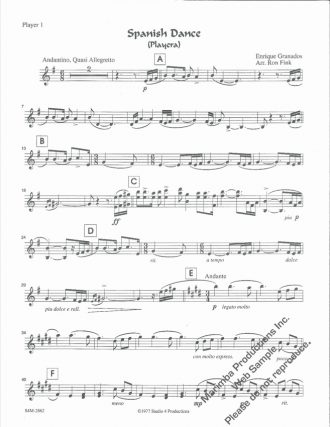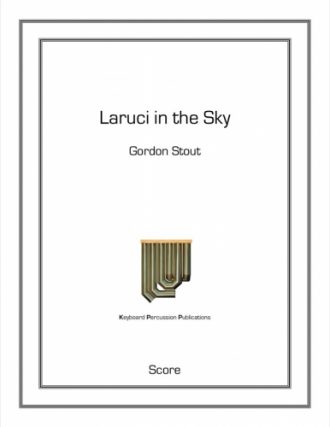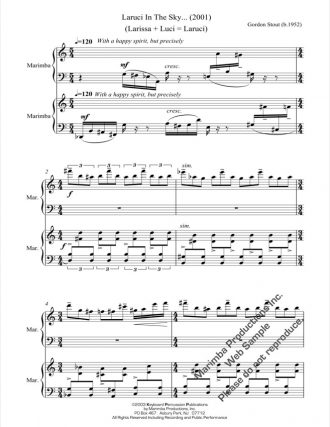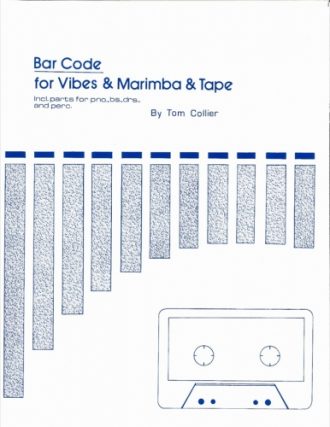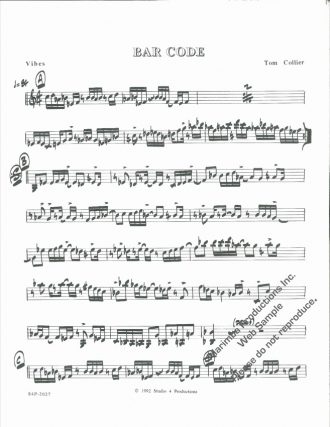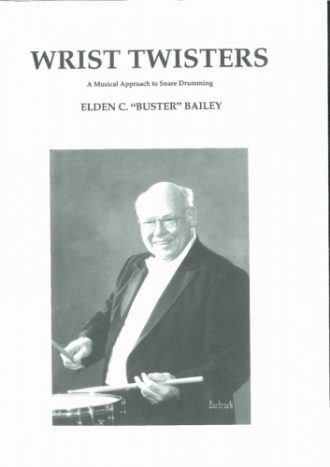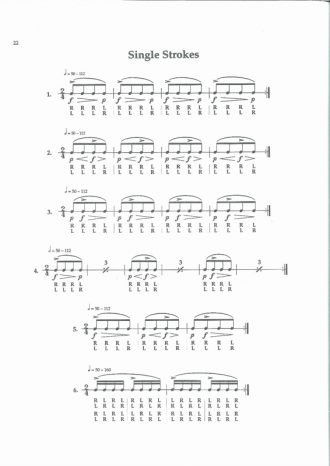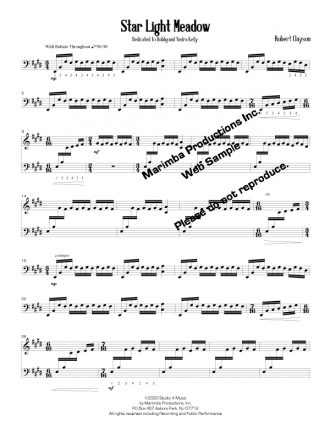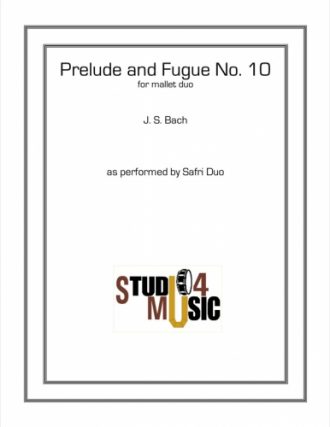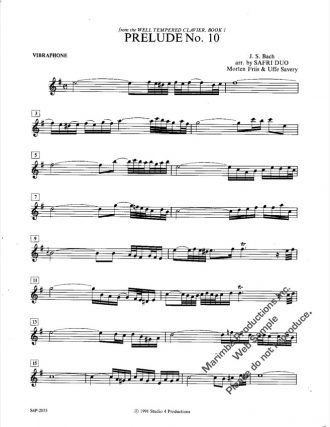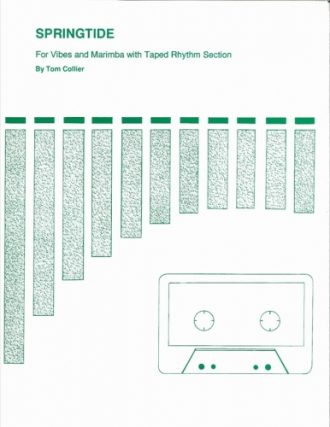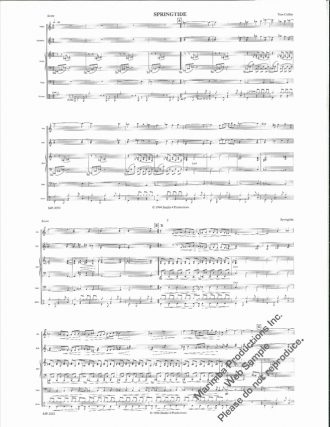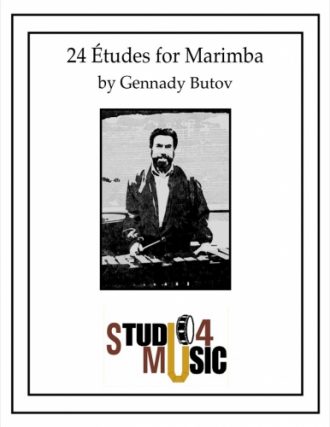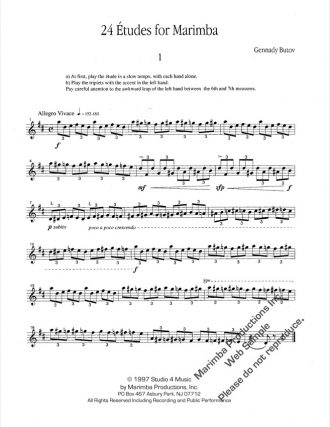Morphic Resonance is a difficult work for solo 5.0 marimba. It is an extended composition of almost 10 minutes long. As it morphs through many different styles and sections it will challenge the most advanced marimbist, while providing a rewarding musical experience.
Watch Marco Schirripa peform Gordon Stout’s “Morphic Resonace.”
“Morphic resonance” is defined as “the idea that, through a telepathic effect or sympathetic vibration, an event or act can lead to similar events or acts in the future or an idea conceived in one mind can then arise in another.” As I studied this piece, I found some structural elements that held it together and made it theoretically very interesting to analyze. Repeating elements in either hand, or a recurring motive that would fit the previously mentioned definition, were strategically placed throughout.
As is true with most of Gordon Stout’s works, there is no real key center, but there is an element of tonality throughout the composition. Shifting time signatures give the piece a feeling of a tempo, but nothing you could tap your foot to. The one thing missing from this piece is the strong melodic “hook” so obvious in many of this other compositions.
Written for a five-octave instrument, Stout delicately manipulates melodic material (fragments mostly) throughout the composition, but never really establishes a “main melody” from which he can draw further musical inspiration. The sections are clearly marked, and obvious mood changes give the piece a somewhat formal structure. Maybe this was his plan; however, at ten minutes in length, I kept wanting something to tie the fragments together.
This piece is technically quite difficult and will take a mature marimbist to perform it adequately. Performance directions are extremely limited, so I would implore those performing the piece to work on expanding both their dynamic and interpretive envelopes.
— Marcus D. Reddick, Percussive Notes — July 2017

